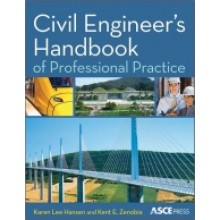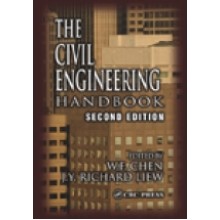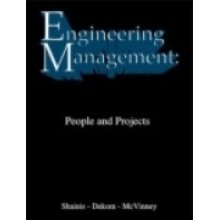Construction Program Management
Quantity:
-
Add to Compare
Although construction is one of the largest industries in the United States, it lags behind other industries in its implementation of modern management techniques such as those contained in the Standard for Program Management (theStandard) by the Project Management Institute (PMI®).Construction Program Management details the successful use of the PMI® approach for the construction of capital programs. It demonstrates, through case studies, how implementation of PMI’s set of tools and techniques can improve the chances of program success.
Exploring tactical and strategic management methods, the book outlines a structured, process-based approach to construction program management that leverages structure to bring order to what can otherwise feel like an overwhelming challenge. The opening chapter focuses on basic definitions of project management and program management—highlighting their similarities and differences. A summary review of theStandard describes how these management concepts can be applied to capital construction programs.
- Explains how to apply the principles of PMI®’s Standard for Program Management to construction programs
- Describes the difference between leadership (strategic) and management (tactical) skills
- Compares and contrasts the program management principles included in the PMI® Body of Knowledge with those of the Construction Management Association of America (CMAA®)
Through the use of case studies this book provides students, practitioners, and stakeholders with a guided tour through each phase of the program management life cycle. Using language that is easy to understand, the book shows that with the right team, the right leader, and the proper implementation of the steps outlined, all programs can obtain true success.
Table of Contents
Process-Based Management Approach
Introduction
Project Management
Program Management
Introduction to the Standard for Program Management by PMI
The Three Themes of Program Management
Program Management Life Cycle
Case Study of an Effective Process-Based Management Approach
Chapter Summary and Key Ideas
Chapter Summary
Key Ideas
Program Management Process Groups
Introduction
Process Groups as CM Processes
Initiation Process
Planning Process
Execution Process
Closure Process
Construction Program Management Life Cycle
Chapter Summary and Key Ideas
Chapter Summary
Key Ideas
Initiation Process
Introduction.
Management versus Leadership
Defining the Ultimate Purpose
Determining Justification and Feasibility
Program Charter
Identifying Risk
Case Study of an Effective CM Initiation Process
Chapter Summary and Key Ideas
Chapter Summary
Key Ideas
Planning Process
Introduction
Program Management Plan
Creating the Master Schedule
Creating the Master Budget
Developing the Quality Management Plan
Developing the Risk Management Plan
Developing the Safety Plan
Developing the Change Management Plan
Developing the Communications Management Plan
Establishing Rules of Engagement
Roles and Responsibilities of the Program Team
Planning and Scheduling Requirements
Critical Intermediate Construction Milestones
Critical Contract Milestones
Safety Policies and Procedures
Alternative Dispute Resolution
Developing the Transition Plan
Case Study of an Effective Planning Process
Chapter Summary and Key Ideas
Chapter Summary
Key Ideas
Execution Process
Introduction
Construction Execution Phases
Design
Constructability Analysis
Value Engineering
Scope Reduction
Procurement
Construction
Partnering and Project Labor Agreements
Monitoring and Controlling Schedule, Cost, and Quality
Case Study of an Effective Monitoring and Control Process
Chapter Summary and Key Ideas
Chapter Summary
Key Ideas
The Closure Process
Introduction
Acceptance of the Results
Managing Contract Closeout
Transitioning to Operations
Reporting Lessons-Learned
Chapter Summary and Key Ideas
Chapter Summary
Key Ideas
Endnotes
Write a review
Your Name:Your Review: Note: HTML is not translated!
Rating: Bad Good
Enter the code in the box below:
Copyright © 2014 Engineering Standards Bureau. All Rights Reserved.
Developed By Zoom Into Web









